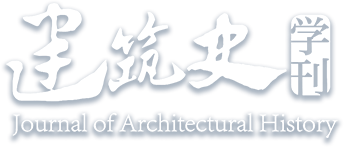Abstract:
During the early years of the People’s Republic of China between1949 and1966, university campuses exhibited distinctive characteristics reflective of the era. Against the backdrop of China’s comprehensive learning from the Soviet Union, there was a concerted effort to draw upon Soviet construction experience and lay the ground for socialist higher education institutions, achieved through the adjustment of academic disciplines. During this crucial period, the campus planning model emerged, centered around Soviet-style main buildings. The architectural forms of these structures mirrored the Chinese architectural community’s exploration of new socialist aesthetics.This article, through meticulous historical archival research and analyzes the two revised design drafts of the Nankai University main building. It aims to delve into the architectural forms and stylistic attributes of Soviet-style university main buildings during this era, while also examining the forces that drove their formation and evolution.


 下载:
下载: